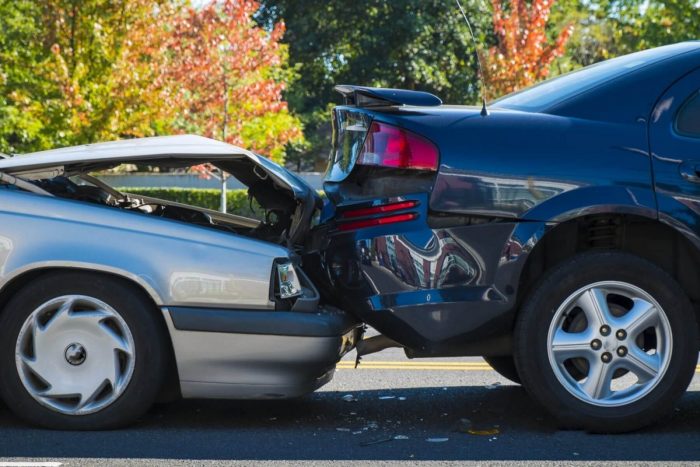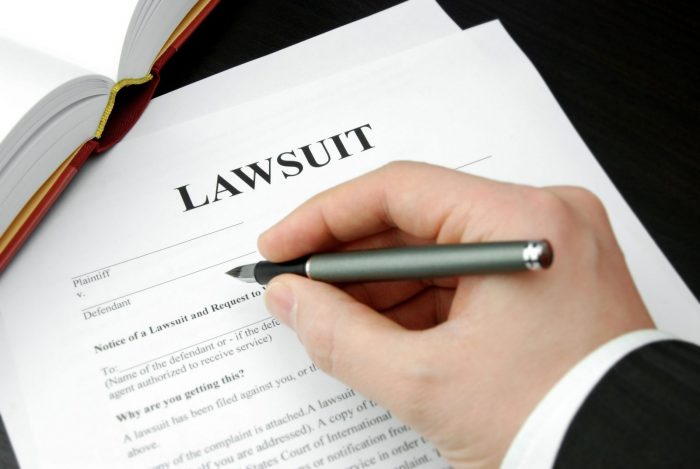
A car accident is an incredibly disruptive experience, and if you’ve recently been the victim of a crash that has left you with repairs, injuries, and lost wages, you may be wondering how car accident settlements work. Unfortunately, this is a scenario that is a reality for nearly 3 million Americans every year who are injured in car accidents.
The aftermath of a car accident is often a confusing and frustrating time. If there are injuries to attend to, getting treatment can be made more difficult by the fact that your primary mode of transportation — the vehicle involved in the accident — may no longer be available to you. On top of that, life doesn’t stop just because you’re facing the physical and logistical challenges a car accident has brought into your life. You’ll often need to navigate work and family responsibilities on top of determining how to get medical treatment and repairs to your vehicle. It can be overwhelming.
When someone else is responsible for this trouble and disruption, it only makes sense that they would be held liable for the costs of the damages done. Getting a car accident settlement can go a long way toward getting your feet back on the ground — and your wheels back on the road.
According to the personal injury attorneys at Viles & Beckman, here is what to expect when filing an injury claim.
Step 1: File a Claim

The first step of most car accident cases is filing a claim with the insurance company of the driver who is assigned fault. Filing a claim as soon as possible is important to get things started and get you the relief you need. In some cases, it makes sense to file a claim with your own insurance company as well — especially if the at-fault driver was uninsured or underinsured. You may have coverage that will provide benefits such as medical payments or a rental car while your vehicle undergoes repairs.
This can be a good time to talk to an experienced attorney. Making sure that you fully understand both your coverage and the coverage of the at-fault driver is key to getting the maximum benefit from these insurance policies.
Step 2: Gather Information

If the insurance company is going to settle the case, they will usually attempt to settle it for the least amount possible — that’s their business model. Getting the settlement you deserve will often take some diligence on your part, and that starts with having as much information as possible.
If you are not seriously injured in a way that prevents you from doing, take pictures and take notes on everything you can remember from the event. Keep careful records of your medical treatment and the disruptions and expenses to your life. If you have to take off work because of the injury or to deal with the repairs, keep track of these hours. If you have rental car or other transportation expenses while you are without a vehicle, keep those receipts.
Step 3: Receive a Settlement Offer

You may have claims filed with multiple insurance companies — your own and the at-fault driver’s. You’ll be waiting to hear their settlement offer based on the case as they understand it. Remember, it is in the insurance company’s best interest — even your own company — to give you a low offer. If the car accident is relatively minor without complex damages, it’s possible that the insurance companies will hold firm on their initial offer. With more complex cases — especially those involving medical expenses — there is likely room for negotiation
This is where an experienced attorney can step in on your behalf and handle a lot of the negotiation toward a fair and meaningful settlement. Often, negotiations will continue and the insurance company may come back with a more substantial offer.
Step 4: Accepting an Offer

If the insurance company has given you a reasonable offer that will adequately cover your expenses, accepting it is the next step. This typically involves signing paperwork that waives your right to a future lawsuit. At this point, you will be required to dismiss any pending lawsuits in order to receive the car accident settlement.
Step 5: File a Lawsuit

If a negotiated agreement for the car accident settlement cannot be reached, then your attorney may recommend filing a lawsuit. For personal injury cases resulting from car accidents, this is a relatively rare outcome. Most of the time, insurance companies make a settlement offer through the negotiation process.
If you do make it to this step in the process, it is helpful to have an experienced and informed attorney who understands the details of your specific case very well. This attorney can help gather and present your evidence to illustrate why the requested settlement amount is reasonable and justified.
Often, a case may start as a lawsuit and end in a settlement offer from the insurance company before going to trial. If the case makes it all the way to trial, a typical case will take a day or two in court. Having an attorney by your side during this complex process can make it more manageable and help ensure you get the best possible outcome.















